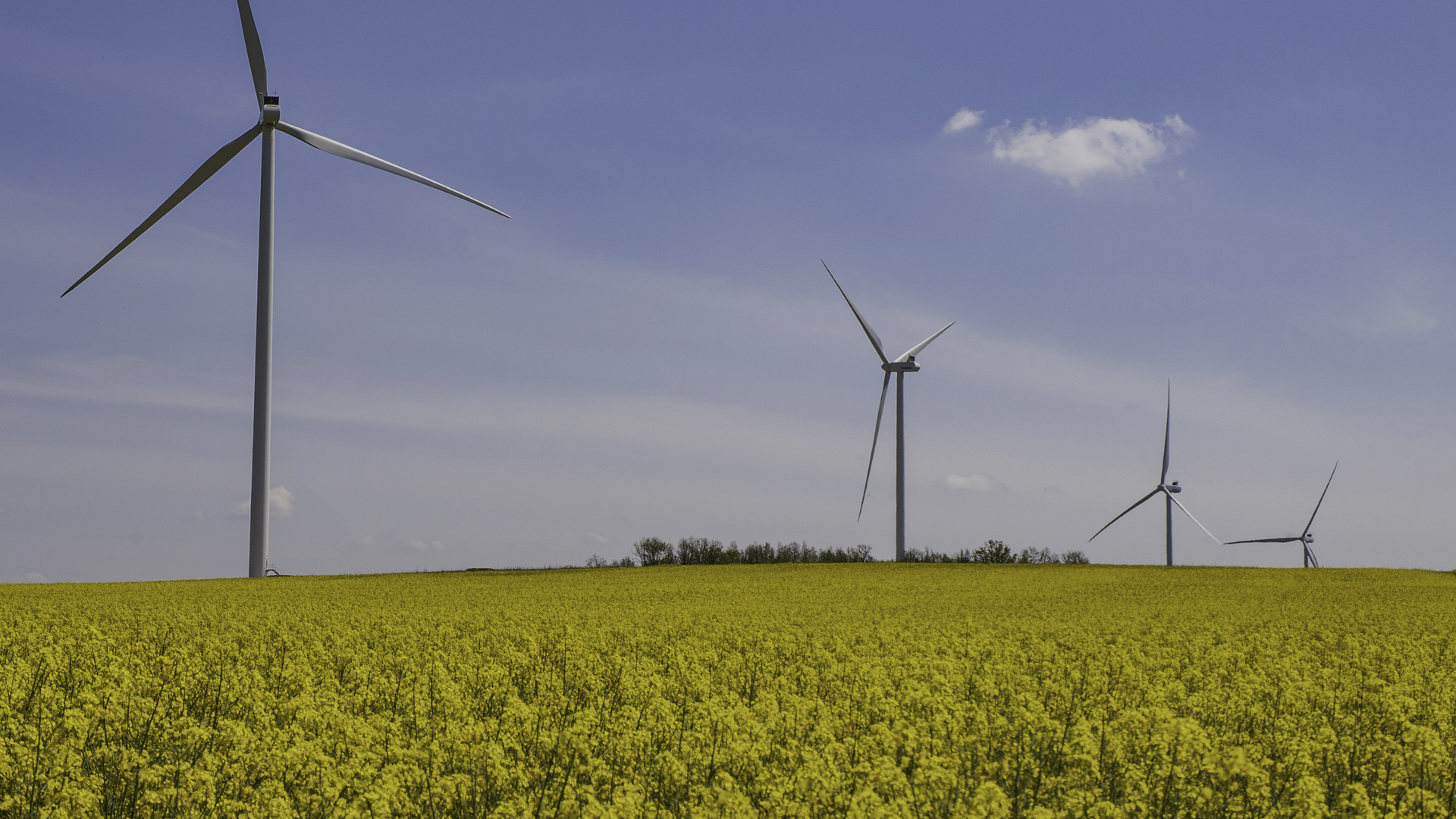28.09.2018 | Building surge tanks for energy production
Axpo and its castles
Axpo sold the Böttstein castle in the summer of 2017. Nevertheless, Axpo is still a proud "castle owner". All of its storage power plants are equipped with surge tanks. What are they used for? We have the answers here.
When one hears the word water castle one mainly thinks of large, beautiful Loire castles such as Chenonceau, Azay le Rideau and Chambord, or the Hallwyl castle in Switzerland.
Or one is reminded of the region near Brugg where the Aare, Reuss and Limmat rivers come together. The area is referred to as a water castle in part also because of the beautiful wetlands.

Switzerland is also generally known as Europe's water castle because nearly 60 per cent of annual electricity production comes from hydropower - a renewable, nearly CO2-free source. Axpo holds interests in some 60 small hydroelectric and run-of-river power plants, storage as well as pumped storage plants. See where they are located here.
Investment in hydraulic engineering
However, when we refer to water castles here we are speaking of less lavish ones, namely those having to do with hydraulic engineering. Axpo has several of these water castles at its power plants. A surge tank in this case is part of the turbine water system of pumped and storage power plants. Simply said, it is a vertical tank that absorbs pressure shocks in hydropower plant pipelines when the rotary valves are closed.
In plants with underground turbine water tunnels or pressure shafts that are common in Switzerland, the water castle is also underground, usually built in the form of a tunnel with an open standpipe in the tunnel system.
This is how it works: The pipeline holds a large volume of water that drives the turbine with high kinetic energy. When the pipeline is closed off with the valve, the water volume is abruptly slowed. At this moment, the valve must withstand very high pressure owing to the negative pressure that occurs and could damage the plant.
The water castle absorbs these pressure surges because it reroutes the flowing water and in doing so delays and reduces the slowing process. When the valve is closed the water is diverted to the water castle where it oscillates back and forth until the it calms. In the process, the strong motion energy is transformed into potential energy.
And by the way: The term water castle dates back to antiquity. Wikipedia writes: "The Romans built large well houses at the end of their water pipelines (aqueducts). Usually these were upstream from a distribution system that included a water tower. This minimised the effects of pressure surges. These constructions were - similar to spring catchments - often lavishly designed and hence called "castelli" (castles).
If you would like to know more about water castles and enjoy arithmetic you can find more in-depth information here (Video German only):

Bike or hiking tour
Water castles can also be explored on foot, for example in the Canton of Aargau, where SP politician Pascale Bruderer does just that: See here or take a bike tour (here).
You will also find tips on beautiful hiking excursions to the Muttsee and its surge tank in the Canton of Glarus here.

